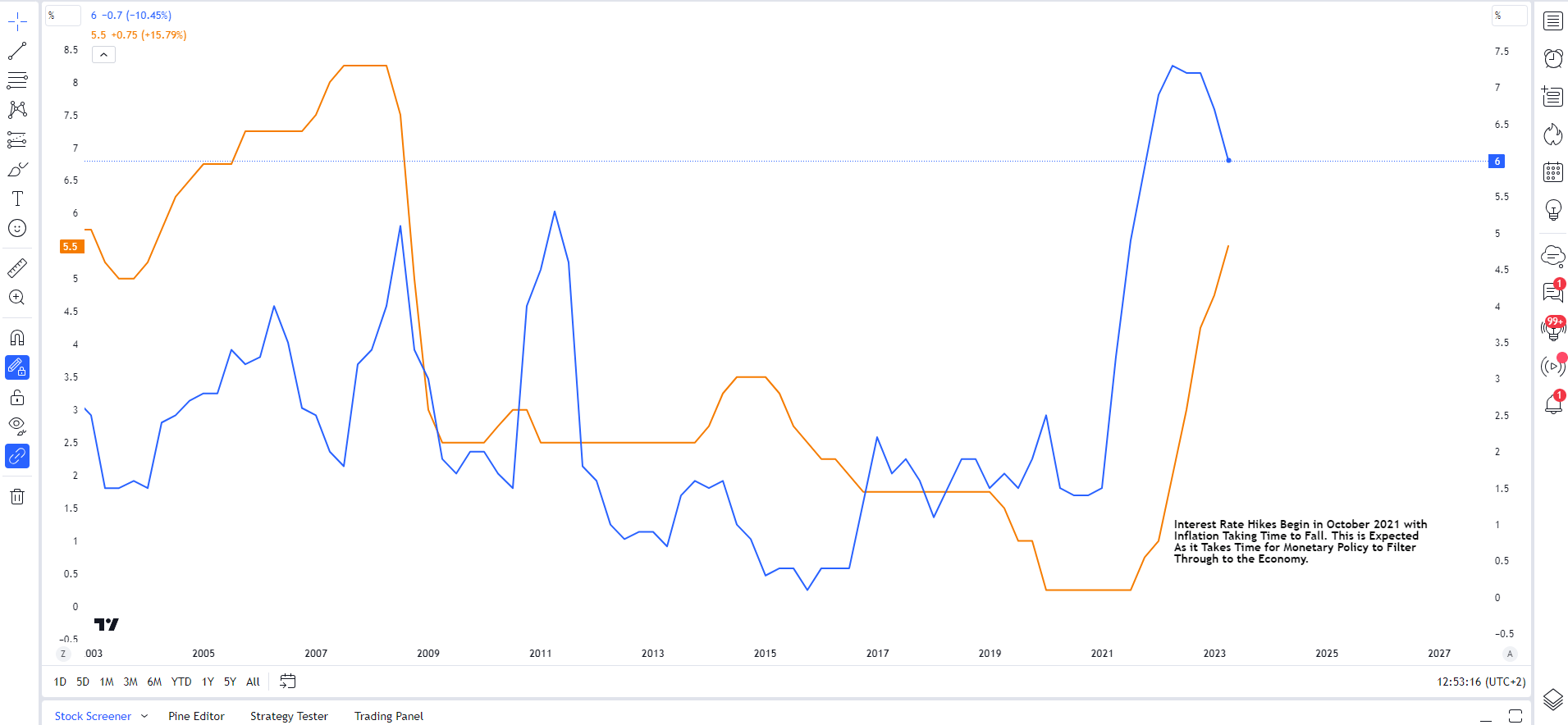The Reserve Bank of New Zealand (RBNZ) is the country’s central bank, responsible for maintaining price stability and promoting sustainable economic growth. Established in 1934, the bank has played a crucial role in shaping the country’s economy over the years. This article provides a brief history of the bank, its current shareholders, the appointment of the board and governor, and the mandate and tools available to execute the mandate.
HISTORY
The Reserve Bank of New Zealand was established in 1934 as a response to the economic turmoil of the Great Depression. The bank was created to ensure that the country’s financial system was stable and to provide a vehicle for monetary policy. At the time, the bank was given a wide-ranging mandate that included control over the issuance of currency, regulation of the banking system, and the setting of interest rates.
Over the years, the bank’s mandate has evolved, with a particular focus on maintaining price stability. In 1989, the Reserve Bank of New Zealand Act was passed, which established the bank’s current mandate of maintaining price stability and promoting sustainable economic growth.
For Beginner Traders, Download Your Free Forex Guide Below
Recommended by Zain Vawda
CURRENT SHAREHOLDERS
The Reserve Bank of New Zealand is wholly owned by the New Zealand government, with the Minister of Finance acting as the bank’s sole shareholder. This means that any profits made by the bank are returned to the government.
APPOINTMENT OF THE BOARD AND GOVERNOR
The Reserve Bank of New Zealand is governed by a board of directors, which is responsible for overseeing the bank’s operations and ensuring that it operates in accordance with its mandate. The board is appointed by the Minister of Finance and comprises the Governor of the Reserve Bank, who serves as the chair, as well as up to six other directors.
The Governor of the Reserve Bank is appointed by the Minister of Finance for a five-year term, with the possibility of reappointment. The Governor is responsible for implementing monetary policy and overseeing the bank’s day-to-day operations.
MANDATE AND TOOLS AVAILABLE TO EXECUTE MANDATE
The Reserve Bank of New Zealand’s mandate is to maintain price stability and promote sustainable economic growth. To achieve this, the bank has a range of tools at its disposal.
One of the bank’s key tools is the Official Cash Rate (OCR), which is the interest rate that banks pay on overnight loans from the Reserve Bank. Changes to the OCR have a flow-on effect to the interest rates that banks charge their customers, which can influence spending and inflation.
The Chart below provides a historical view of the effect of interest rate hikes on headline inflation:
Source: TradingView, Chart Prepared by Zain Vawda
*Note: Interest rate hikes usually have a bit of lag before the full effects filter through to the economy.
Going as far back as 1999 and you can see each time the RBNZ raised interest rates inflation fell in the months that followed (an indication of the lagging effect). The current cycle has been more aggressive but as you can see inflation does appear to have turned the corner as well. Inflation also has different components and thus at times could take longer to get under control particularly when inflation is affected by external factors such as supply chain issues and energy prices as noted since the start of Covid and exacerbated by the Russian invasion of Ukraine.
The bank also has the ability to influence the supply of money in the economy through its open market operations. This involves buying or selling government securities, which can influence the amount of money in circulation and the level of interest rates.
In addition, the bank has a range of regulatory tools that it can use to maintain financial stability. These include setting capital requirements for banks, monitoring the liquidity of the financial system, and enforcing regulations that promote transparency and accountability.
Recommended by Zain Vawda
Traits of Successful Traders
CONCLUSION
The Reserve Bank of New Zealand has played an important role in shaping the country’s economy over the years. As the country’s central bank, it is responsible for maintaining price stability and promoting sustainable economic growth. The bank has a range of tools at its disposal, including the Official Cash Rate, open market operations, and regulatory tools, which it can use to achieve its mandate. With a board of directors appointed by the government and a Governor responsible for implementing monetary policy, the bank is well-positioned to continue its important work in the years ahead.
LEARN MORE ABOUT OTHER CENTRAL BANKS
Most central banks have similar mandates of controlling price stability and upholding financial stability, although there are some differences. Let’s take a look at the different Central Banks and what sets them apart:
- The European Central Bank
- The Bank of England
- The Swiss National Bank
- The Federal Reserve
- The Bank of Canada
Trade Smarter – Sign up for the Daily Newsletter
Receive timely and compelling market commentary from the Daily team
Subscribe to Newsletter
Written by: Zain Vawda, Markets Writer forDaily
Contact and follow Zain on Twitter:@zvawda



 Signal2forex.com - Best Forex robots and signals
Signal2forex.com - Best Forex robots and signals




